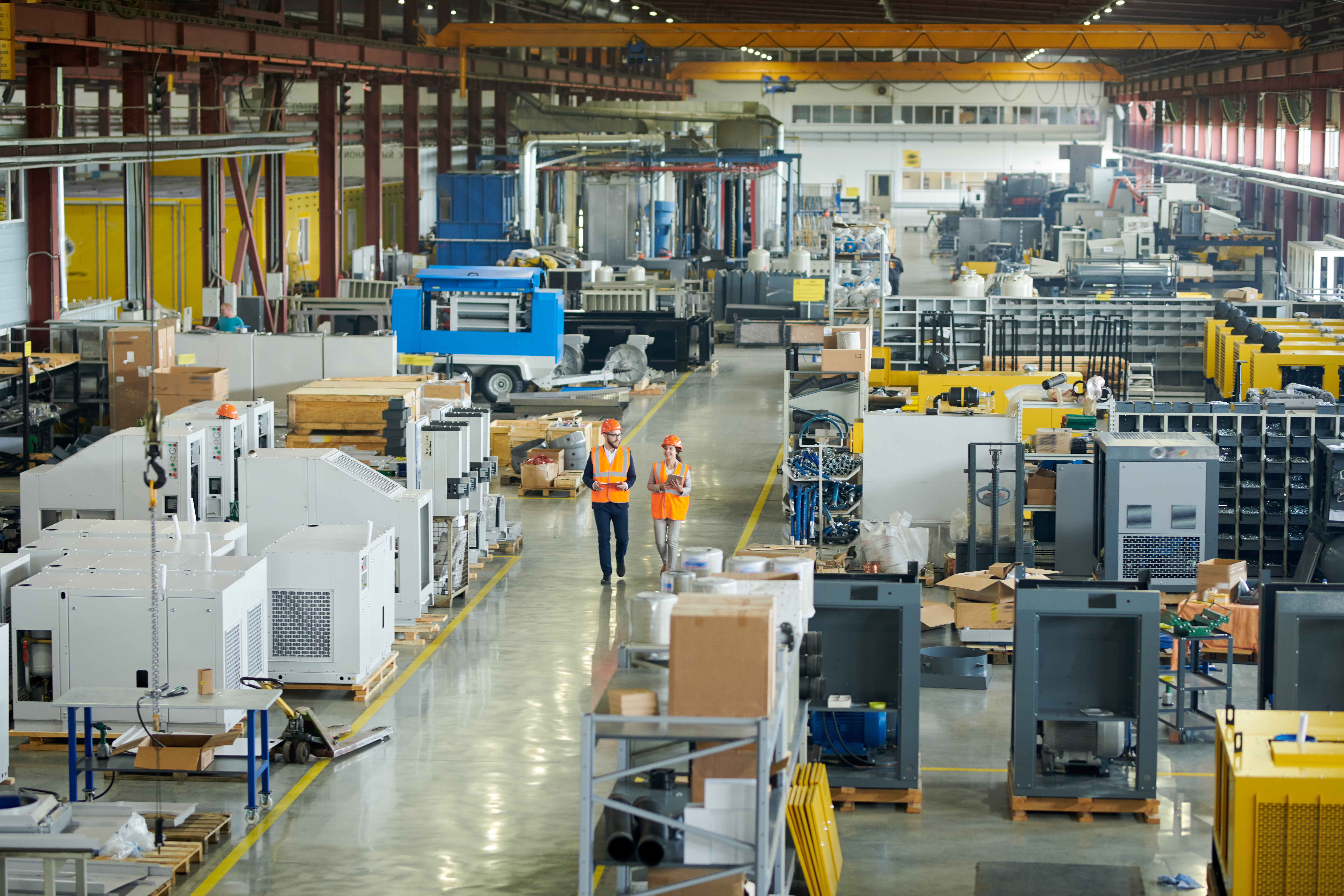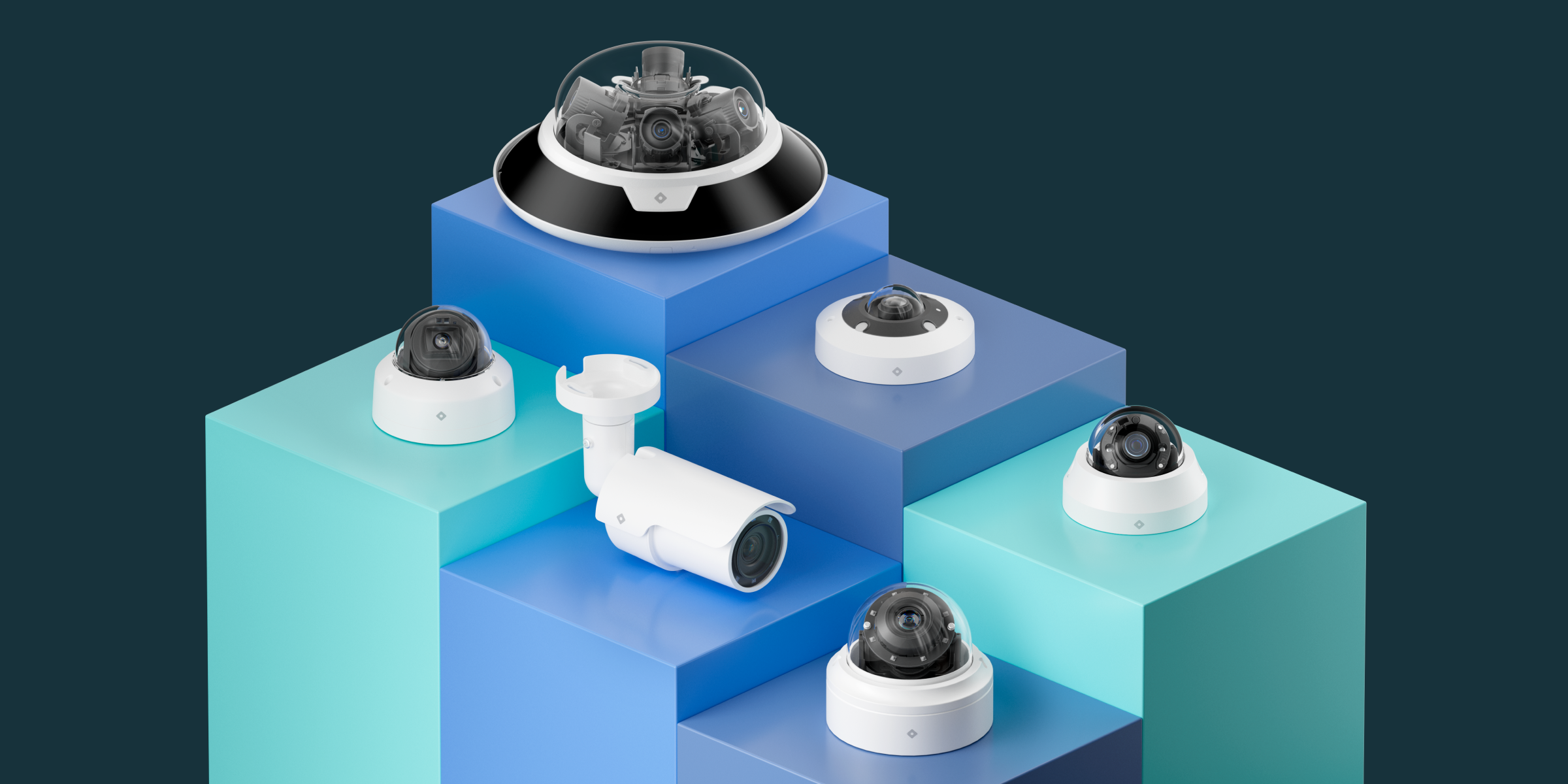How to Accurately Calculate the Cost of a Video Security System

Are you in the market for a video security system (CCTV cameras) for your business or organization? The first question you might be asking yourself is how much this system will cost.
The cost of a security system depends on these key factors:
- Number of cameras
- Retention time for the video
- How difficult it is to mount and connect the cameras
The number of cameras is really the driving factor for items 2 and 3. A physical security expert that I know told me that his default metric with existing systems is $2500/camera for everything (camera, hardware to support video storage and processing, VMS or software, and mounting) over the lifetime of the camera. So just 10 cameras is $25,000 and 100 cameras is $250,000. Now that seems quite expensive, until you realize what goes into a traditional system (as discussed in a previous blog post). Let's break down those costs.
The Typical Cost of Security Cameras for Business
A decent IP camera will cost anywhere from $150 - $600 normally. Yes, they can go as high as $10,000+ for super fancy, multi-lens security cameras. For the sake of this exercise, we'll assume all the cameras are $400. Let's also assume these cameras last an average of 5 years before needing to be replaced.
Additional Hardware
The most expensive hardware traditional solutions have are the NVR's, DVR's or servers that are responsible for processing the video and storing the video. Generally these servers can only support a fixed number of cameras for the obvious reason that a processor can only analyze and store so much video concurrently. A going rate for a server that can support 24 cameras with up to 30 days of storage is around $12K.
Generally there is an ongoing license fee with each camera and system. That can vary widely by system, but on average we see about $250 over the lifetime of the camera.
Throw in the PoE switches and mounting hardware and we'll say another $100/camera which brings us to $1250.
One point we didn't go deep on with the hardware is video retention. We assumed 30 days above, but if your organization needs to store longer, then the storage costs start to increase dramatically, not to mention the management costs which we'll touch on more below.
If we assume a 100 camera deployment and 30 days storage, below is a table that starts summarizing the costs.
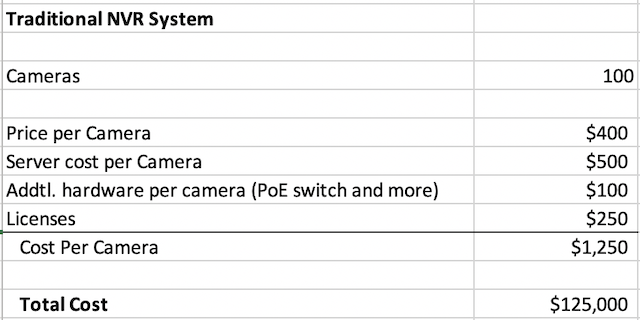
Installation
This is really variable depending on the location of the camera, difficulty of mounting, and how hard it is to wire it for internet if it uses ethernet. Let's assume conservatively though 3 hours per camera for design, mounting, and cabling. If the installer is $125/hour, then that adds another $375 which brings us to a grand total of $1625 per camera.
Here's an updated table now including installation.
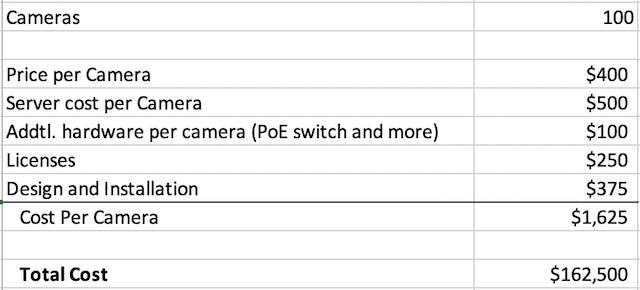
Hidden Costs - Management Overhead, Lost Productivity, and Compliance Violations
There are a number of soft costs we didn't mention above that should go into any consideration of a solution. The first area is around the management overhead. Yes, many organizations will say they prefer to manage all of the hardware themselves because they have people on staff that do it for a living. That is true, but do you really want your talented employees replacing hard drives especially for the video security system? I can't tell you how many times I've heard IT managers annoyed with having to manage their video security hardware. In larger organizations, hearing that these systems routinely crash (at least once a month) is the norm.
There are multiple places the hardware might fail, but an obvious and common place is with the hard drives. Backblaze does a great quarterly anaysis on failure rates of hard drives based on their real-world experience and found that on average, 2% of hard-drives fail each year. That might not seem like much, but if you have lots of cameras with redundant hard drives, you could easily be up to 40+ hard drives with 500 cameras. Statistically speaking, likely 1 of those will fail each year and depending on the brand, maybe much higher than that.
So, let's model in some type of incident once a month. Assuming an IT manager's fully loaded cost is $100/hr and it takes 5 hours to resolve the issue, that's an extra $500/month which doesn't factor in the opportunity cost of what else they could have done during that time. Staying in our model of 100 cameras, this adds $60/year or $300 over the life of the camera. This excludes the cost of any hardware (like a hard drive) that needs to be replaced as we'll assume it's negligible in the grand scheme of everything.
Some industries have a compliance reason that they need cameras. If for some reason the cameras go down and the right (or wrong depending on your perspective) people notice, that could result in a fine. If the camera systems go down often enough, that fine could be more likely. Since this varies by industry, let's just acknowledge it exists but not put a number on it.
The potentially bigger issue though would be the failure to catch an incident. If something of value was stolen or some incident wasn't caught that resulted in a lawsuit, the implications could be far-reaching and costly. Let's say one incident happens every 5 years and costs $50,000. For our calculations of 100 cameras, that adds $500/camera.
So just in this section, we easily added another $800/camera over the 5 year lifetime, or $80,000 over 100 cameras. That's a lot of money and we're nearly at the $2500/camera that was mentioned at the beginning of the post.
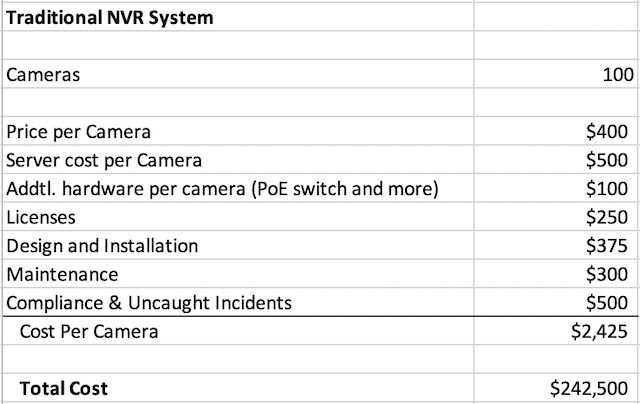
Does it really have to be this expensive and complicated?
The short answer is no! With advancements in technology, it's now possible to get rid of all the hardware (NVR's and servers) mentioned in the second section and all the tangible and intangible costs associated with them. This is what Rhombus delivers and a big reason why we're different.
Save up to 50% with Rhombus
A Rhombus deployment can easily save you 50% of what a traditional system will cost over 5 years not to mention saving on intangible areas like the management overhead these systems take. We're able to do this for some of the following reasons:
- No servers, DVR's and NVR's required
- No licenses for that hardware
- Simplified installation without these servers and with WiFi capable cameras
- Much less maintenance required
- No bottlenecks that require infrastructure buildouts
As you can see, what really drives these costs savings is that the cameras are the only equipment you are purchasing. There is no central hardware to replace as all the central intelligence lives in the cloud which is maintained and hosted by Rhombus. Furthermore, given the distributed and cloud architecture of our system, there are no single points of failure or bottlenecks that need to be relieved. If you need to double the size of your camera population, it doesn’t require a massive IT buildout of new hardware. All that is required is the deployment of those smart cameras. In the rare case that a camera fails, we fully cover all of the hardware under our subscription plan so the only action that is required is a simple swap of that camera.
Our systems are meant to simplify the life of every party involved including facilities, physical security professionals, and IT. If you want a system that is easier to manage, yet has all the smarts of more expensive systems (and then some we believe), then give us a test drive today.
Related Articles
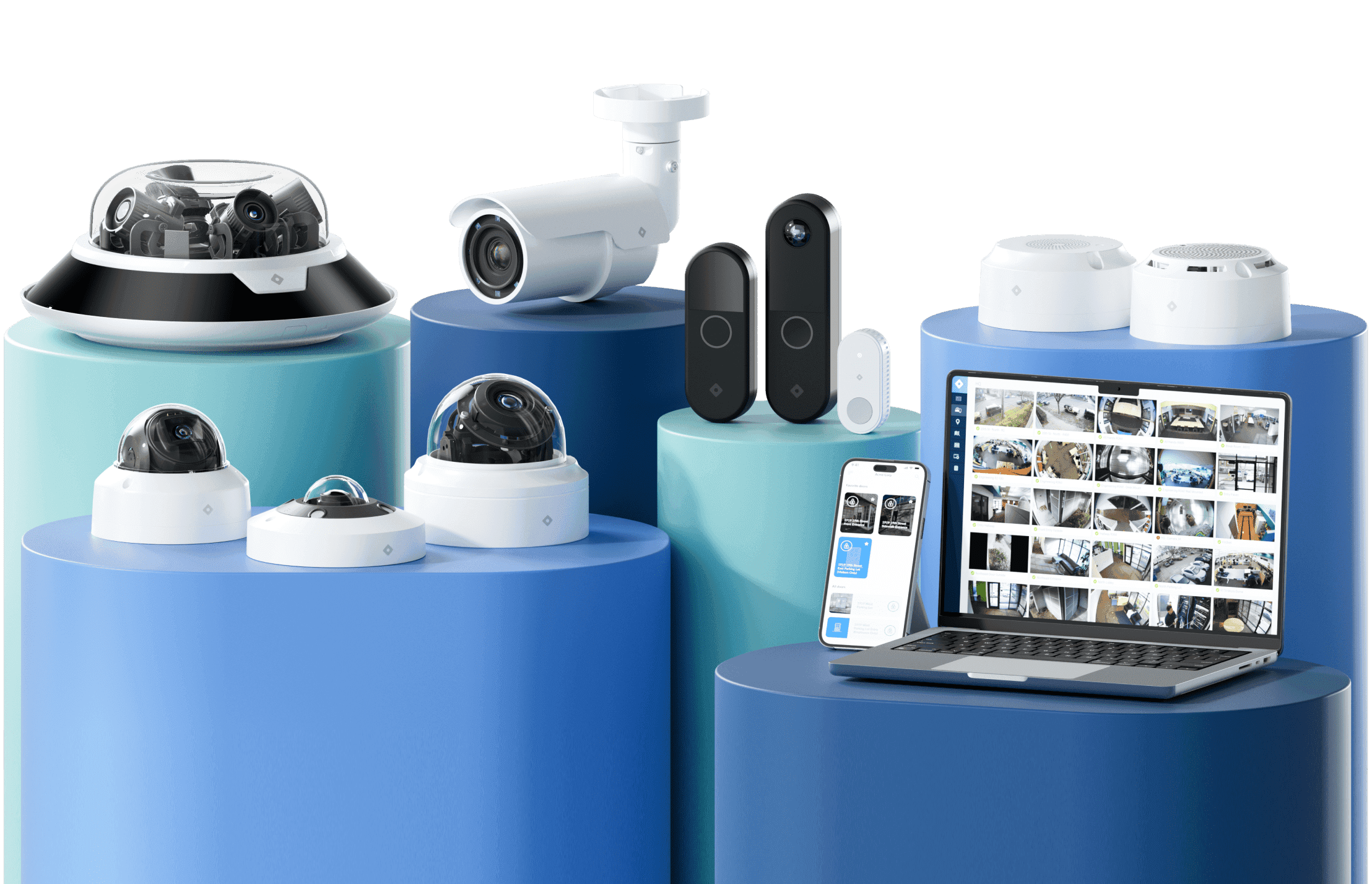
Try Rhombus for Free!
See why school districts, cities, and Fortune 500 companies use Rhombus
Start Trial